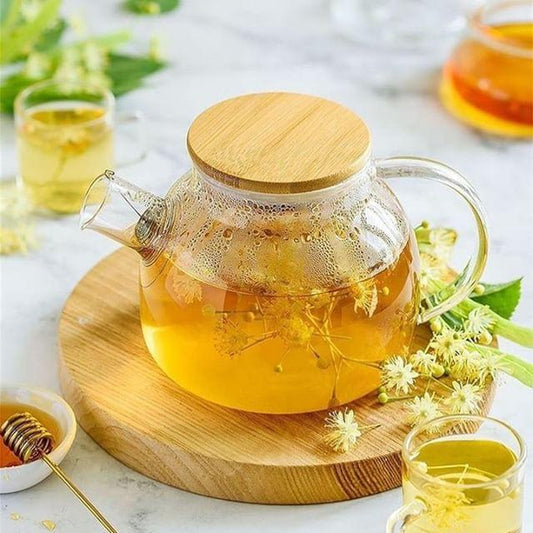A Guide to the Perfect Plant-Based Pantry

Building a plant-based pantry is the foundation for creating delicious, nutritious, and sustainable meals. Whether you’re new to plant-based eating or looking to enhance your current setup, a well-stocked pantry ensures you’re always prepared to whip up satisfying dishes. This guide covers essential plant-based ingredients, tips for organization, and practical ideas for meal planning.
The Essentials of a Plant-Based Pantry
1. Whole Grains
Whole grains provide a versatile base for meals and are packed with fiber, vitamins, and minerals. Stock up on a variety of options to keep your dishes diverse.
- Staples: Brown rice, quinoa, farro, barley, millet, bulgur, couscous, and oats.
- Uses: Cook as a side dish, use in grain bowls, or incorporate into soups and salads.
2. Legumes
Legumes are the backbone of a plant-based diet, offering protein, fiber, and iron. They’re inexpensive, nutritious, and incredibly versatile.
- Staples: Lentils (red, green, or black), chickpeas, black beans, kidney beans, and split peas.
- Uses: Make hearty soups, stews, veggie burgers, or hummus.
3. Nuts and Seeds
Nuts and seeds add texture, flavor, and healthy fats to plant-based meals. They’re great for snacks, garnishes, and creating creamy sauces.
- Staples: Almonds, walnuts, cashews, chia seeds, flaxseeds, sunflower seeds, pumpkin seeds, and sesame seeds.
- Uses: Blend cashews into creamy dressings, sprinkle chia seeds on smoothies, or make homemade granola.
4. Plant-Based Proteins
These proteins are key for creating filling and balanced meals.
- Staples: Tofu, tempeh, edamame, and seitan.
- Uses: Stir-fry tofu, marinate tempeh for sandwiches, or sauté seitan for hearty main dishes.
5. Shelf-Stable Dairy Alternatives
Dairy alternatives are essential for baking, cooking, and enjoying in beverages.
- Staples: Almond, soy, or oat milk; plant-based butter; and coconut milk or cream.
- Uses: Use non-dairy milk in smoothies, coffee, and baking. Coconut milk adds richness to curries and soups.
6. Oils and Fats
Oils and fats bring flavor and richness to plant-based dishes. Choose options that complement various cooking methods.
- Staples: Olive oil, coconut oil, avocado oil, sesame oil, and vegan margarine.
- Uses: Drizzle olive oil over salads, stir-fry with sesame oil, or bake with coconut oil.
7. Flavor Enhancers
Herbs, spices, and condiments elevate plant-based dishes with bold flavors.
- Staples: Garlic, onion powder, paprika, turmeric, cumin, coriander, soy sauce, tamari, nutritional yeast, miso paste, and tahini.
- Uses: Sprinkle nutritional yeast for a cheesy flavor, stir miso paste into soups, or use tahini in salad dressings.
8. Canned and Jarred Goods
Keep canned and jarred items for quick and convenient meal prep.
- Staples: Crushed tomatoes, tomato paste, coconut milk, olives, artichokes, and vegetable broth.
- Uses: Use canned tomatoes for sauces, coconut milk in curries, and vegetable broth for soups.
9. Snacks and Sweets
Plant-based snacking doesn’t have to be boring! Keep a mix of sweet and savory options.
- Staples: Dried fruits, roasted chickpeas, energy bars, dark chocolate, and popcorn.
- Uses: Snack on roasted chickpeas, make energy balls with dates, or enjoy dark chocolate as a treat.
Tips for Organizing Your Plant-Based Pantry
- Categorize Ingredients: Group similar items like grains, legumes, and spices for easy access.
- Use Clear Containers: Store dry goods in clear jars or containers to keep them fresh and visible.
- Label Everything: Clearly label jars with the name and expiration date of each ingredient.
- Rotate Stock: Place older items at the front to use them first and prevent waste.
- Invest in a Spice Rack: Keep your spices organized and within reach for quick cooking.
Meal Ideas Using Pantry Staples
1. Quick Chickpea Curry
- Ingredients: Chickpeas, coconut milk, canned tomatoes, onion, garlic, curry powder, and rice.
- Instructions: Sauté onion and garlic, add curry powder, then stir in chickpeas, coconut milk, and tomatoes. Simmer and serve over rice.
2. Quinoa Buddha Bowl
- Ingredients: Quinoa, roasted vegetables, chickpeas, tahini dressing, and fresh greens.
- Instructions: Cook quinoa, roast vegetables, and toss with chickpeas. Drizzle with tahini dressing.
3. Lentil Soup
- Ingredients: Lentils, vegetable broth, diced tomatoes, onion, carrots, celery, and spices.
- Instructions: Sauté vegetables, add lentils, broth, and tomatoes, and simmer until tender.
4. Oatmeal with Fruit and Nuts
- Ingredients: Oats, almond milk, banana, berries, chia seeds, and almonds.
- Instructions: Cook oats in almond milk, top with fresh fruit, nuts, and a sprinkle of chia seeds.
5. Tofu Stir-Fry
- Ingredients: Tofu, soy sauce, sesame oil, mixed vegetables, and brown rice.
- Instructions: Stir-fry tofu and vegetables, add soy sauce and sesame oil, and serve over rice.
Final Thoughts
A well-stocked plant-based pantry opens the door to endless possibilities for flavorful, healthy meals. By focusing on versatile, nutrient-rich staples, you’ll have the tools to create dishes that are as satisfying as they are sustainable. With a little organization and creativity, you’ll find plant-based cooking both easy and enjoyable!
Share:





